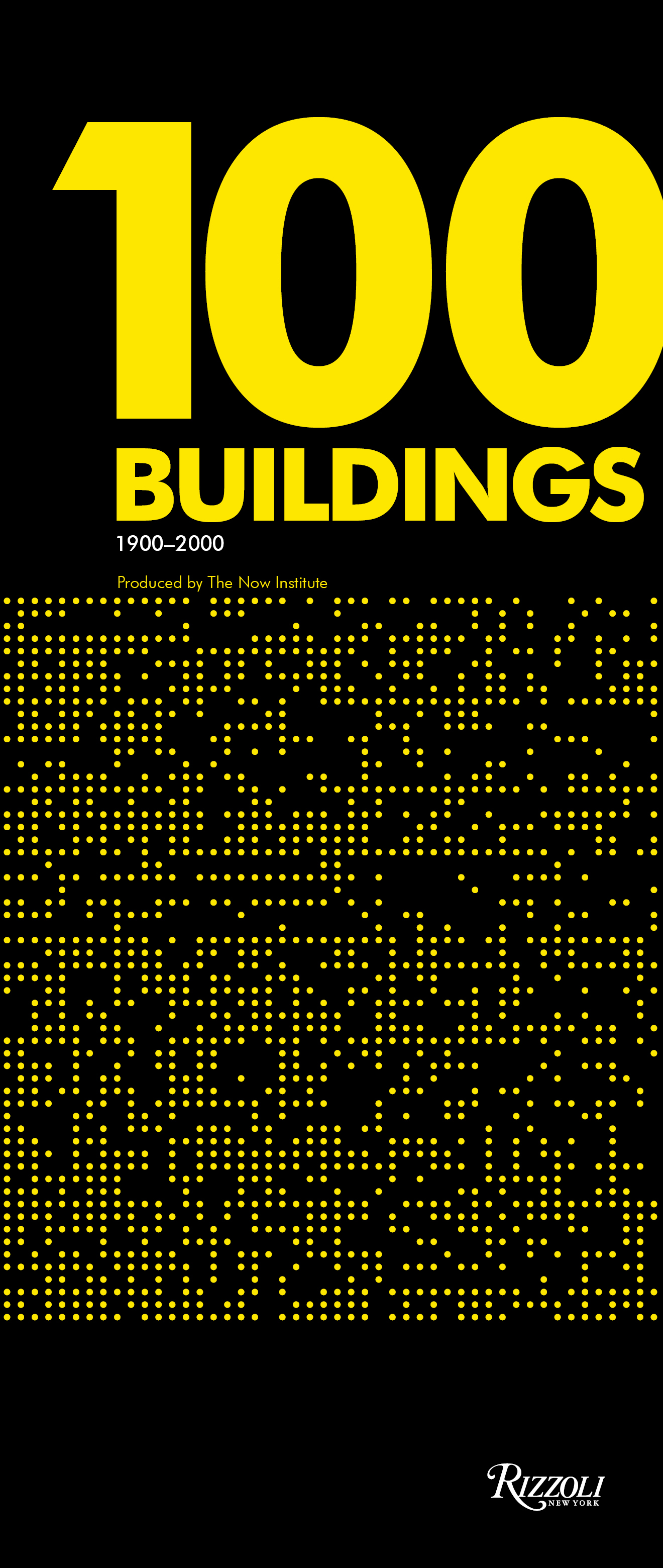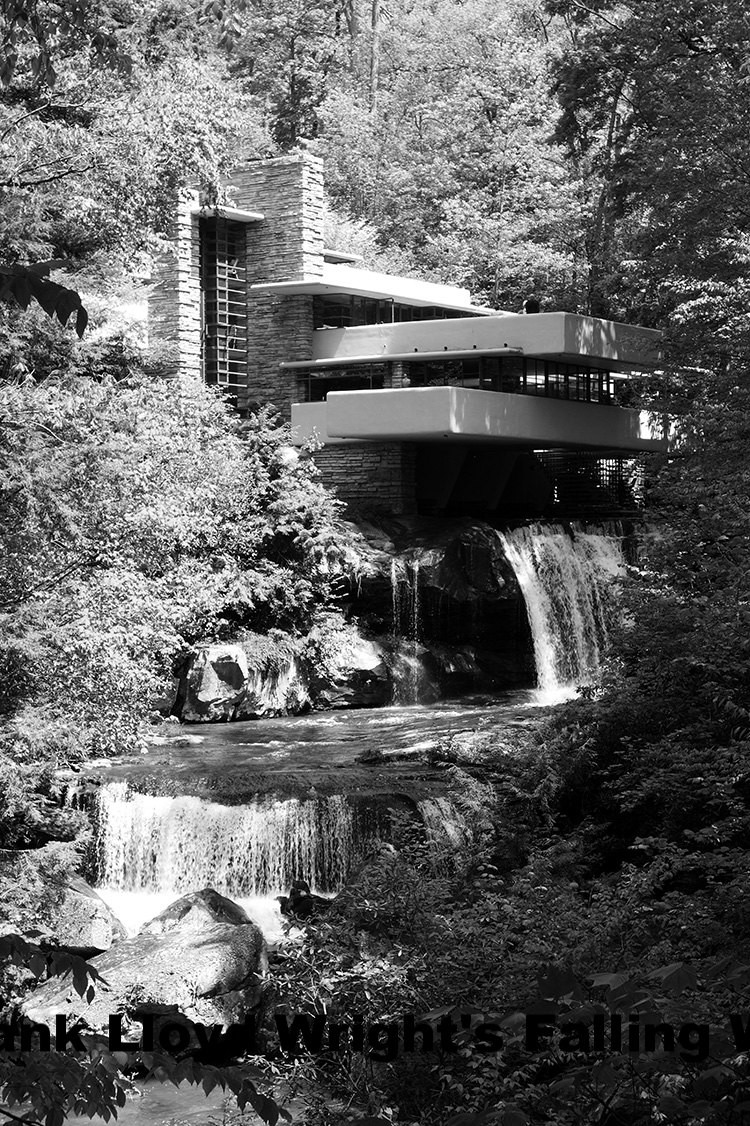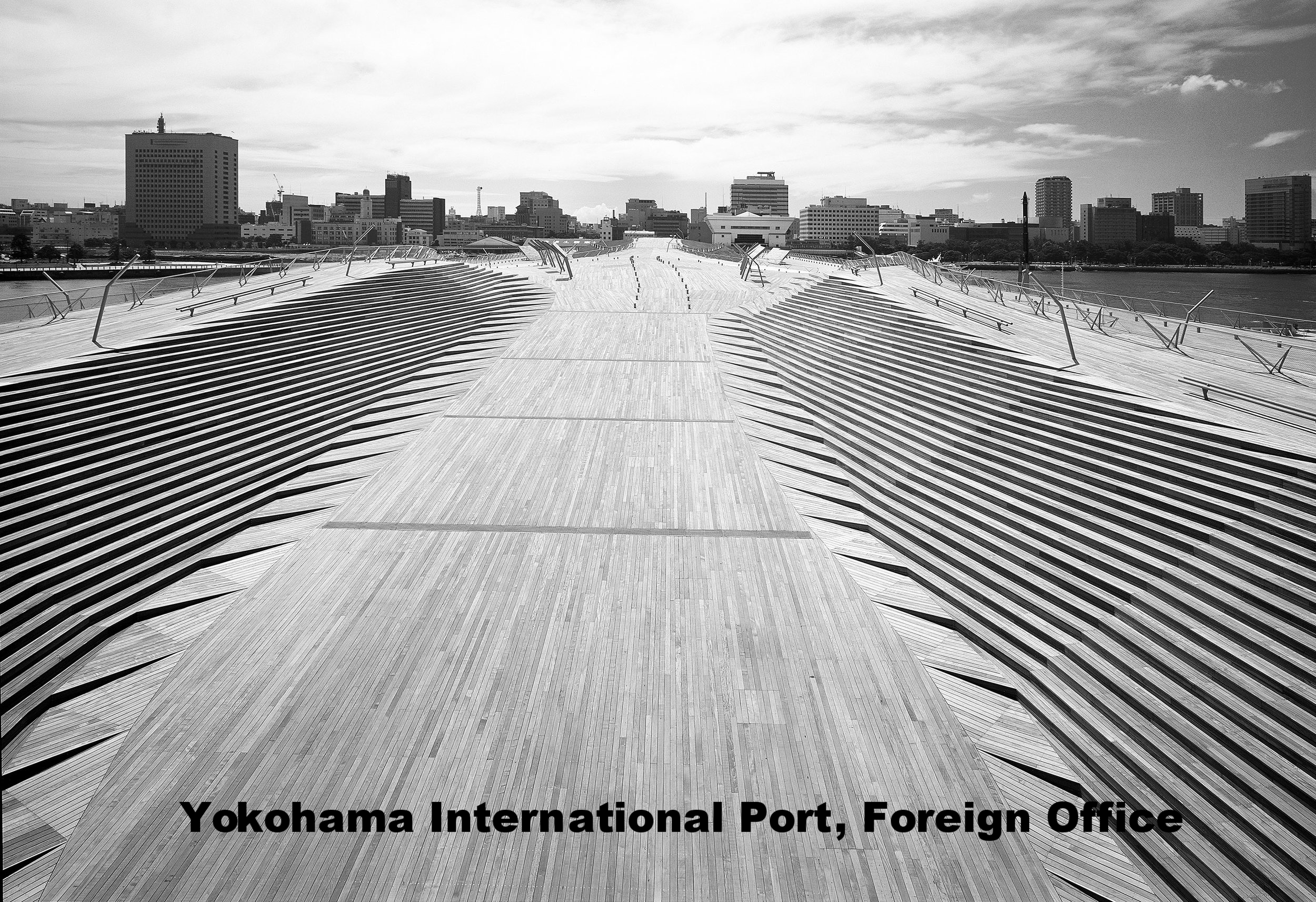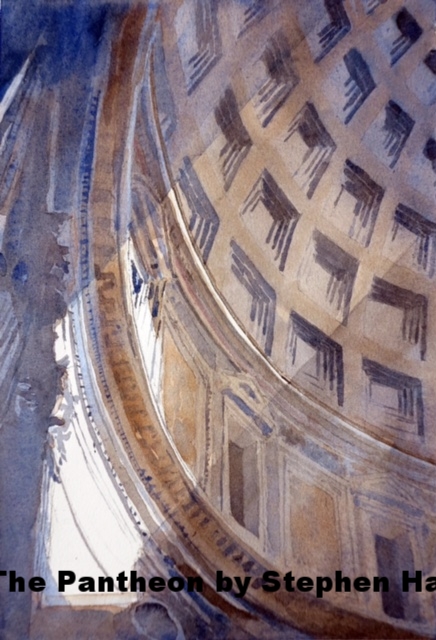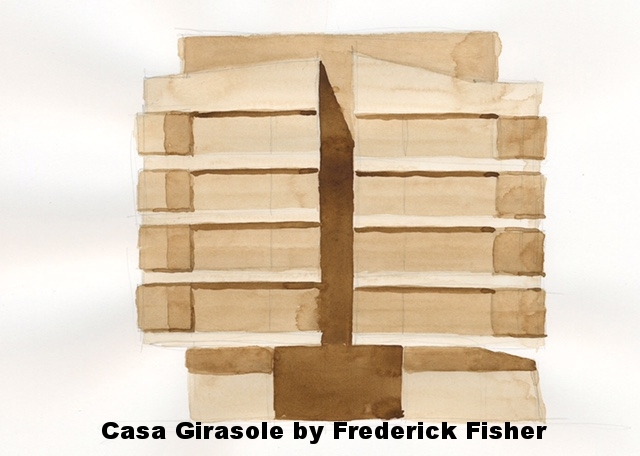It’s not often that well-known architects thoroughly engaged in their own contemporary practices have—or take—the time to look back at the work of their elders. In a confluence of magnanimity, and, in the words of Thom Mayne, one of the authors, to serve as a prompt—“that students and laypeople alike would benefit from an awareness and appreciation of the most important and influential buildings that have come before and that will continue to inform the development of architecture beyond today,” these two, very giftable tomes reach out beyond the generations to some iconic, already-beloved structures, and bring to our attention some others that despite their excellence are still under the radar.
Mayne's book, 100 Buildings, a collaboration with Eui-Sung Yi and The Now Institute housed at UCLA, began when, in his role as architecture professor, he noticed that many of his talented design students were woefully uninformed about architectural history—much to their detriment. He reached out to a broad swath of fellow practitioners to come up with this illustrated list of important buildings all over the world to which he wished to draw their attention. Opening in splendor with Corbusier’s Villa Savoye and the Chappelle de Notre Dame at Ronchamp, both of which I have visited, and ending with the Yokohama International Port Terminal, which I have not, the book has many beloved treasures, but just as many which have now gone onto my ever lengthening bucket list.
Fred Fisher, in collaboration with Stephen Harby, both Rome Prize fellows, took as their underlying thesis the historic work that another generous architect and Rome Prize winner, Robert Venturi, had singled out in Rome in his legendary tome, Complexity and Contradiction in Architecture. With the benefit of future sight, in Robert Venturi's Rome, Fisher and Harby revisited some of these buildings and in elegant and graceful watercolors and text showed why these buildings-some even twentieth century-- are still more than relevant today.
As someone who often travels the world with the organizing principle of architecture as the way into a foreign culture, I am grateful to Mayne and Fisher--both Los Angeles based--and their colleagues, for helping re-light the way.
I often accuse architects of being myopic and/or overly wordy and verbose when they write, as if the technical requirements of buildings with their exacting codes and mathematical precisions also have application in prose (n.b. to Mayne, they also should be teaching architects how better, and more simply, to convey their messages). In this case I am happy to say, it is the images with brief but engaging texts that makes both projects so rewarding, and as useful for the lay traveler or reader as for students.
Two great stocking stuffers! Happy Holidays.
